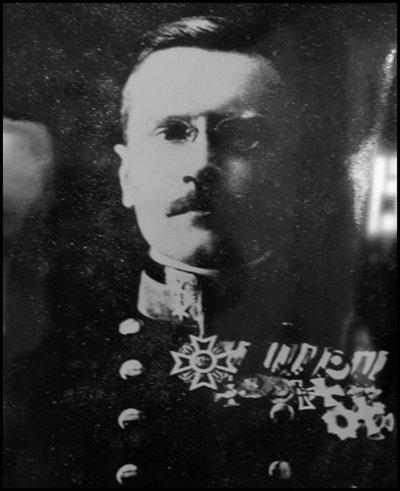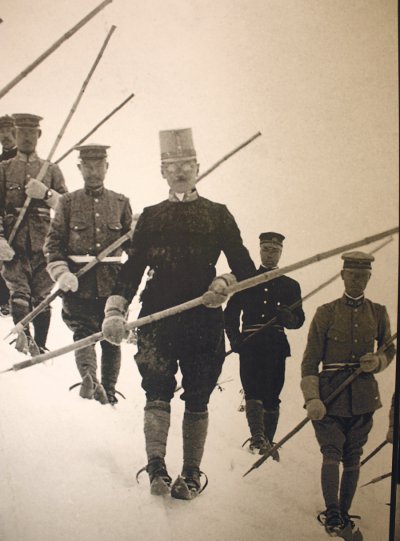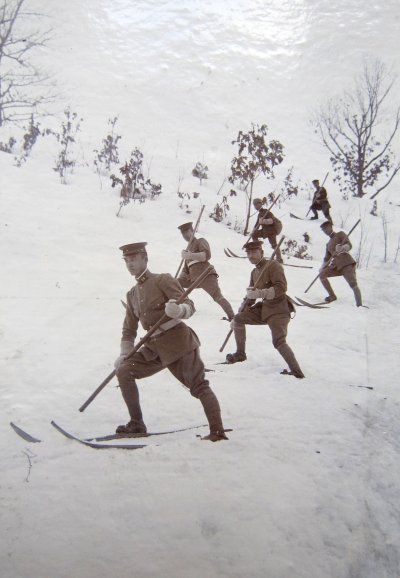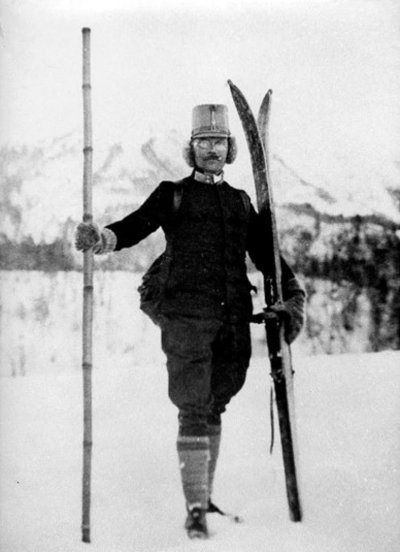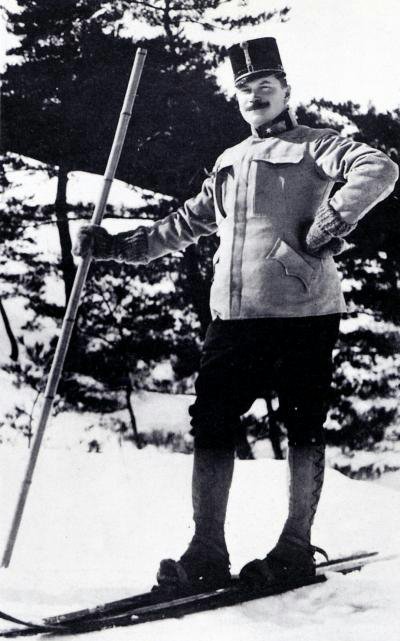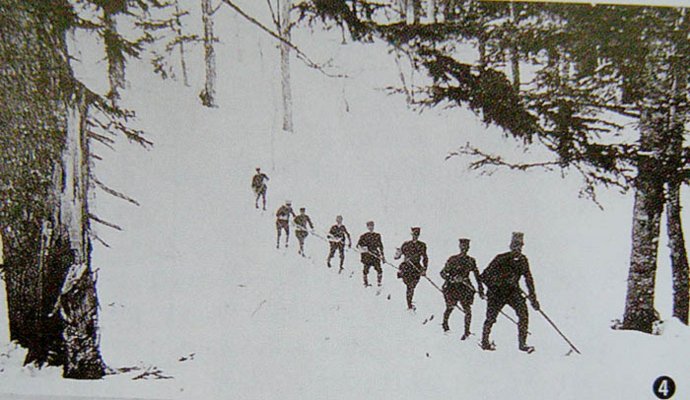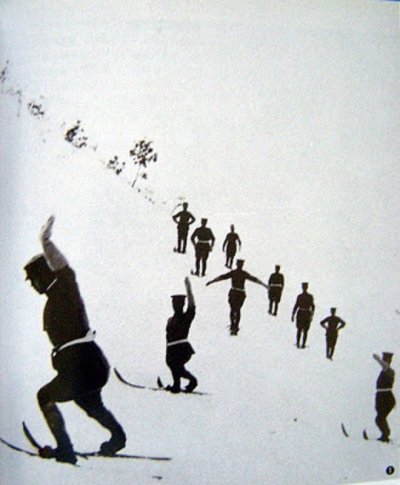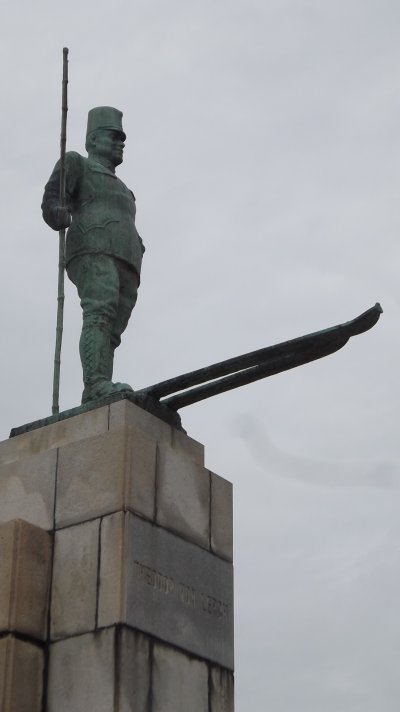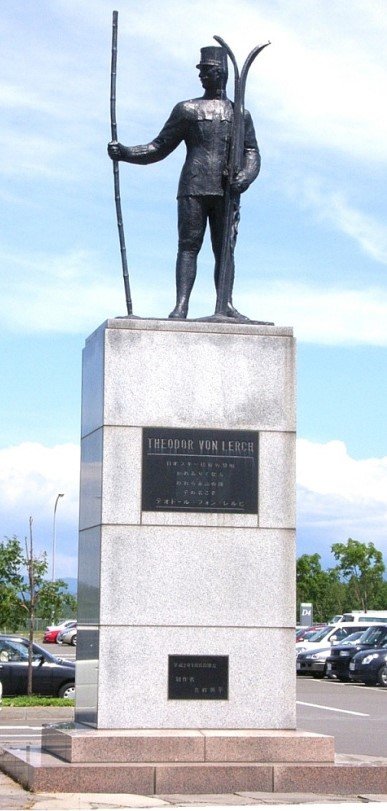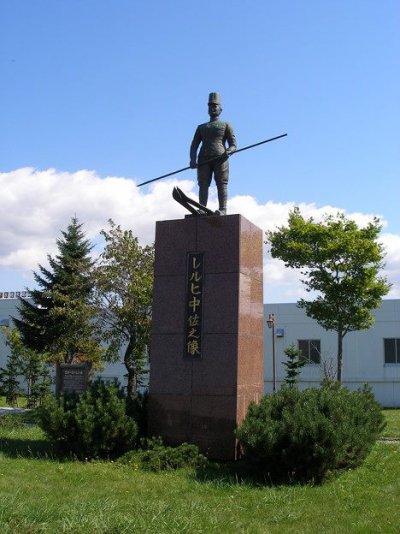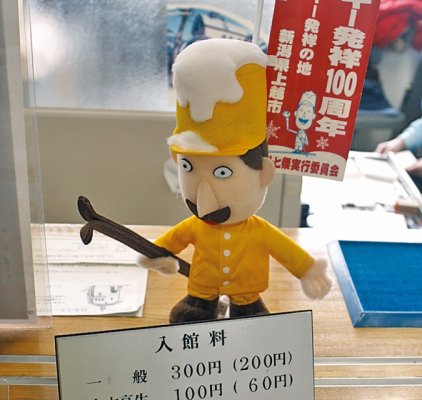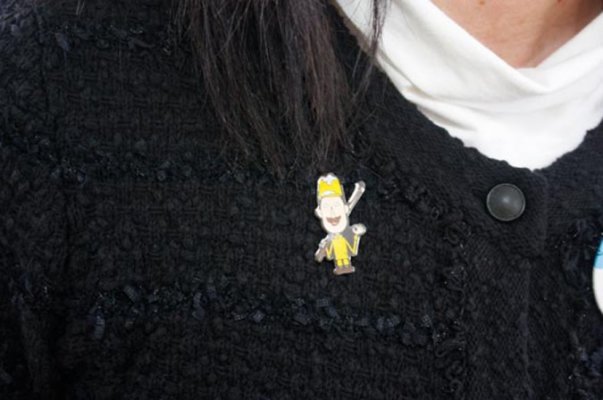Вы используете устаревший браузер. Этот и другие сайты могут отображаться в нём некорректно.
Вам необходимо обновить браузер или попробовать использовать другой.
Вам необходимо обновить браузер или попробовать использовать другой.
Папа японского лыжного спорта майор Теодор фон Лерх
- Автор темы JapanX
- Дата начала
Краткая биография майора от венгерского журнала Обзор военной науки/ Hadtudományi Szemle. July, 2011, Vol. 4, Issue 3, p. 167-170.
Посмотреть вложение THEODOR EDLER (LORD) VON LERCH – HOW ALPINE SKIING CAME TO JAPAN.pdf
Слабенькая статья в вики
https://de.wikipedia.org/wiki/Theodor_Edler_von_Lerch
Посмотреть вложение THEODOR EDLER (LORD) VON LERCH – HOW ALPINE SKIING CAME TO JAPAN.pdf
Слабенькая статья в вики
https://de.wikipedia.org/wiki/Theodor_Edler_von_Lerch
В 1911 году в городе Дзёэцу https://ru.wikipedia.org/wiki/Дзёэцу, что в префектуре Ниигата, австрийский майор Тэодор фон Лерх впервые в истории страны провел горнолыжный инструктаж.
Вложения
Небольшая статья из The Japan Times
In Niigata, a lesson on the history of skiing in Japan
BY SHO HIRAKAWA
KYODO
FEB 7, 2016
NIIGATA – A group of outdoor-loving history buffs in Joetsu, Niigata Prefecture, has revived the first skiing technique brought to Japan more than a century ago by an Austro-Hungarian Army officer.
Established nearly 50 years ago, “Lerch no Kai” (the Society of Lerch) is named after Maj. Theodor Edler von Lerch, who is said to have demonstrated a full-scale skiing technique in Japan for the first time in 1911.
Lerch was assigned to the country a year earlier to analyze the Imperial Japanese Army following its victory in the Russo-Japanese War in 1905.
During his time in the country, Lerch taught the technique to officers and soldiers of the 13th Infantry Division of the Imperial Army’s 58th Infantry Regiment in Takada, Niigata, a city now known as Joetsu.
Unlike modern skiing, which uses long skis and two poles, the method taught by Lerch uses shorter skis and one pole.
While his method was considered good for gliding on steep, tough slopes, it was replaced with two-pole skiing within a decade, Lerch no Kai members said.
In a bid to pass the method down to future generations, members began studying it in the 1990s using old photos and instructions written at the time.
They translated the notes into modern Japanese and began teaching the method at local elementary schools as well as other places.
Skiing with one pole presents a different set of challenges than the two-pole technique. For example, a skier must stick one leg forward while placing their weight on the other leg.
“It’s hard to ski as taught,” grinned Sachie Masuda, a 55-year-old instructor with the group.
People good at conventional skiing “more often tumble” when they try the old method, said Shoichi Kozakai, the 86-year-old head of Lerch no Kai.
The group has about 120 members, with 20 or so actually teaching the Lerch method. Similar activities exist in Sapporo and Austria, the group said.
Each January and February, members of the group demonstrate the Lerch method as part of events in Joetsu.
“We want lots of people to see the technique of those days and feel the history,” Kozakai said.
In Niigata, a lesson on the history of skiing in Japan
BY SHO HIRAKAWA
KYODO
FEB 7, 2016
NIIGATA – A group of outdoor-loving history buffs in Joetsu, Niigata Prefecture, has revived the first skiing technique brought to Japan more than a century ago by an Austro-Hungarian Army officer.
Established nearly 50 years ago, “Lerch no Kai” (the Society of Lerch) is named after Maj. Theodor Edler von Lerch, who is said to have demonstrated a full-scale skiing technique in Japan for the first time in 1911.
Lerch was assigned to the country a year earlier to analyze the Imperial Japanese Army following its victory in the Russo-Japanese War in 1905.
During his time in the country, Lerch taught the technique to officers and soldiers of the 13th Infantry Division of the Imperial Army’s 58th Infantry Regiment in Takada, Niigata, a city now known as Joetsu.
Unlike modern skiing, which uses long skis and two poles, the method taught by Lerch uses shorter skis and one pole.
While his method was considered good for gliding on steep, tough slopes, it was replaced with two-pole skiing within a decade, Lerch no Kai members said.
In a bid to pass the method down to future generations, members began studying it in the 1990s using old photos and instructions written at the time.
They translated the notes into modern Japanese and began teaching the method at local elementary schools as well as other places.
Skiing with one pole presents a different set of challenges than the two-pole technique. For example, a skier must stick one leg forward while placing their weight on the other leg.
“It’s hard to ski as taught,” grinned Sachie Masuda, a 55-year-old instructor with the group.
People good at conventional skiing “more often tumble” when they try the old method, said Shoichi Kozakai, the 86-year-old head of Lerch no Kai.
The group has about 120 members, with 20 or so actually teaching the Lerch method. Similar activities exist in Sapporo and Austria, the group said.
Each January and February, members of the group demonstrate the Lerch method as part of events in Joetsu.
“We want lots of people to see the technique of those days and feel the history,” Kozakai said.
Майор оставил по себе такой след, что теперь у нас в том городе целый музей лыж, где майор на почётном месте.
Кроме того, в Японии ему возвели целых три (!) памятника.
Кроме того, в Японии ему возвели целых три (!) памятника.
Вложения
История меча от Маркуса.
I have said this several times: Delving into the world of nihontô makes you aware of parts of Japanese history you probably wouldn’t have thought about, ever. Looking for something in particular in my files the other day, I came across a translation/research I did seven years ago.
So this is the background: I was approached by a friend of mine from Bavaria who knows someone who owns a Japanese sword in shirasaya that has an inscription, i.e. a sayagaki. Obviously I was asked to translate the sayagaki but I have to admit, it can’t provide any pics here because I got the inquiry via real physical photos and I never scanned or copied them before they were returned.
Anyway, I don’t remember if the blade was signed or attributed but it was a work of Sa Akikuni (左顕国), a student of master Sa Yasuyoshi (左安吉) who was active in the early years of the Ôei era (応永, 1394-1428) and who had moved from Chikuzen to Nagato province. So his name was noted in the sayagaki and was followed by the following inscrtiption:
Now translating the brief dedication was not very difficult of couse but having a katakana transcription of a Western name that is just of three syllables made me doubt about finding anything on this person. However, I am from Austria too so I became ambitious about who he was. The age of the shirasaya and writing style of the sayagaki seemed to be Meiji, what would have been a match with my initial assumption that the person might have been one of the so-called oyatoi gaikokujin (御雇い外国人), a foreign government advisor in Meiji Japan. Next and always the first step, just google the name on Japanese Google, and well, just throwing in the katakana レルヒ already came back with a hit: Not a oyatoi gaikokujin but I was not that off. He was an official coming to Japan a little bit later than the oyatoi gaikokujin, Lieutenant Colonel Theodor Edler von Lerch (1869-1945), the guy who was the first to properly introduce the art of skiing to Japan, in 1911. Wow! So he was presented with a sword in Japan, obviously took it home, and it would be interesting to know how it ended up in Bavaria.
Источник: https://markussesko.com/2017/04/08/theodor-von-lerch/
I have said this several times: Delving into the world of nihontô makes you aware of parts of Japanese history you probably wouldn’t have thought about, ever. Looking for something in particular in my files the other day, I came across a translation/research I did seven years ago.
So this is the background: I was approached by a friend of mine from Bavaria who knows someone who owns a Japanese sword in shirasaya that has an inscription, i.e. a sayagaki. Obviously I was asked to translate the sayagaki but I have to admit, it can’t provide any pics here because I got the inquiry via real physical photos and I never scanned or copied them before they were returned.
Anyway, I don’t remember if the blade was signed or attributed but it was a work of Sa Akikuni (左顕国), a student of master Sa Yasuyoshi (左安吉) who was active in the early years of the Ôei era (応永, 1394-1428) and who had moved from Chikuzen to Nagato province. So his name was noted in the sayagaki and was followed by the following inscrtiption:
呈墺国参県中佐レルヒ君
Tei ôkoku sanken chûsa Reruhi-kun.
Present to Lieutenant Colonal Lerch from Austria.
Tei ôkoku sanken chûsa Reruhi-kun.
Present to Lieutenant Colonal Lerch from Austria.
Now translating the brief dedication was not very difficult of couse but having a katakana transcription of a Western name that is just of three syllables made me doubt about finding anything on this person. However, I am from Austria too so I became ambitious about who he was. The age of the shirasaya and writing style of the sayagaki seemed to be Meiji, what would have been a match with my initial assumption that the person might have been one of the so-called oyatoi gaikokujin (御雇い外国人), a foreign government advisor in Meiji Japan. Next and always the first step, just google the name on Japanese Google, and well, just throwing in the katakana レルヒ already came back with a hit: Not a oyatoi gaikokujin but I was not that off. He was an official coming to Japan a little bit later than the oyatoi gaikokujin, Lieutenant Colonel Theodor Edler von Lerch (1869-1945), the guy who was the first to properly introduce the art of skiing to Japan, in 1911. Wow! So he was presented with a sword in Japan, obviously took it home, and it would be interesting to know how it ended up in Bavaria.
Источник: https://markussesko.com/2017/04/08/theodor-von-lerch/

